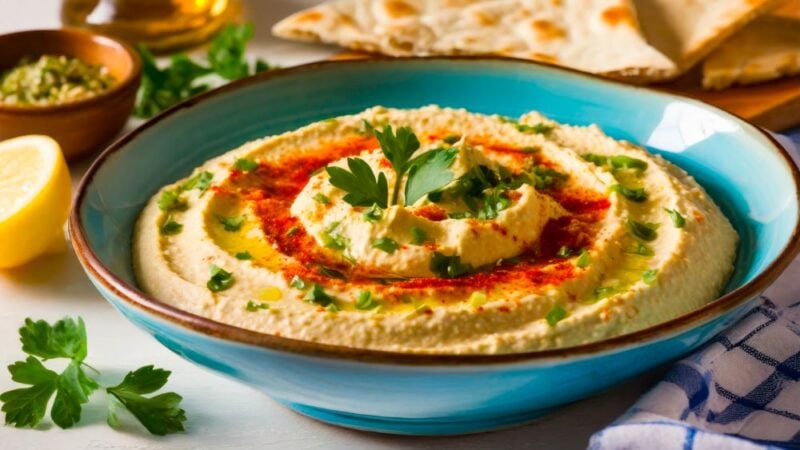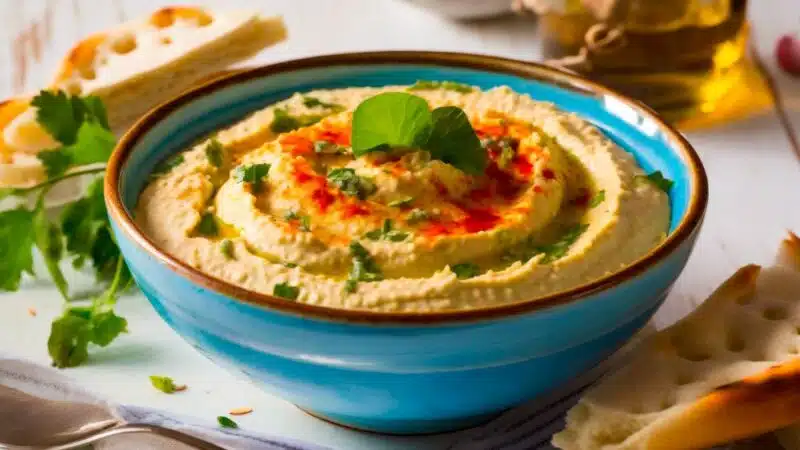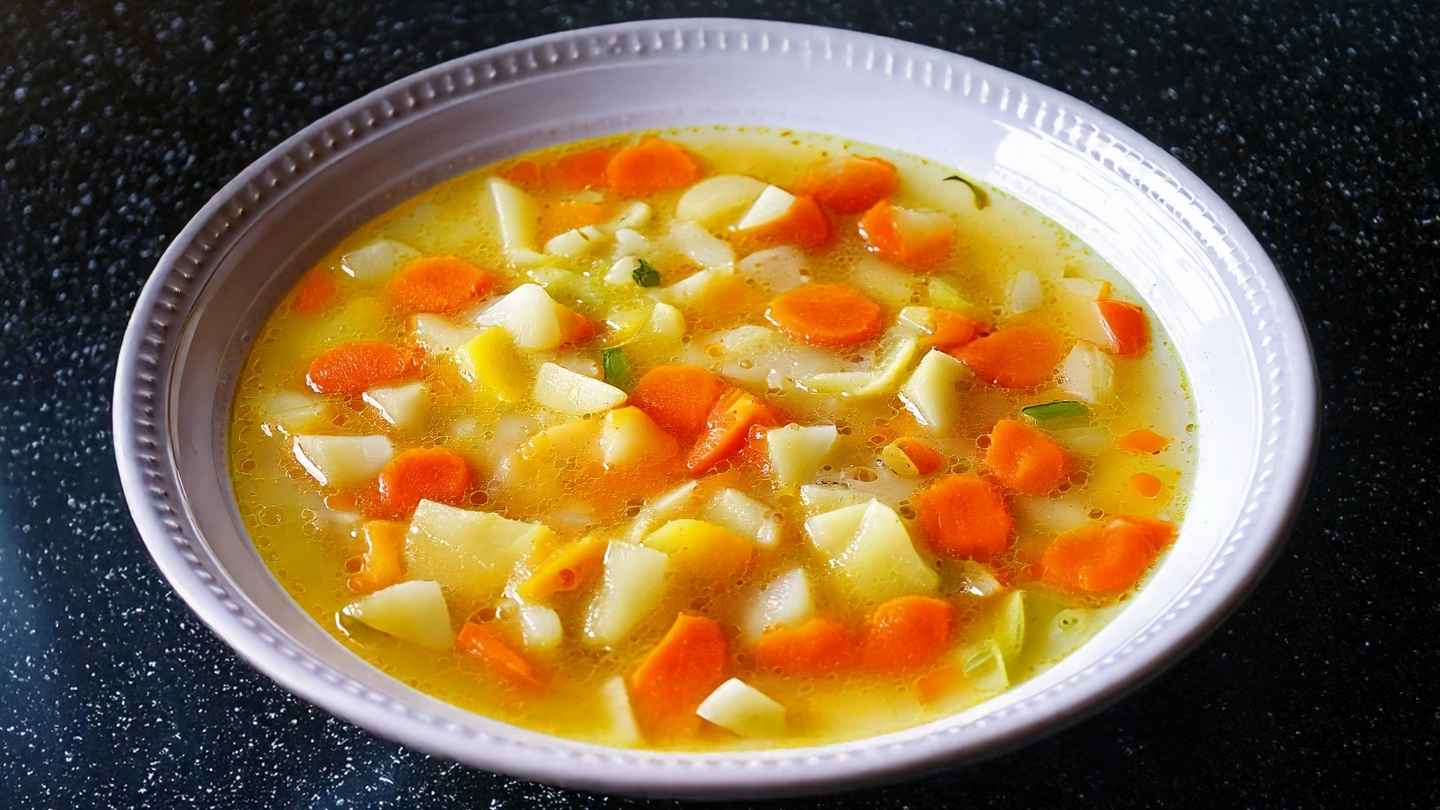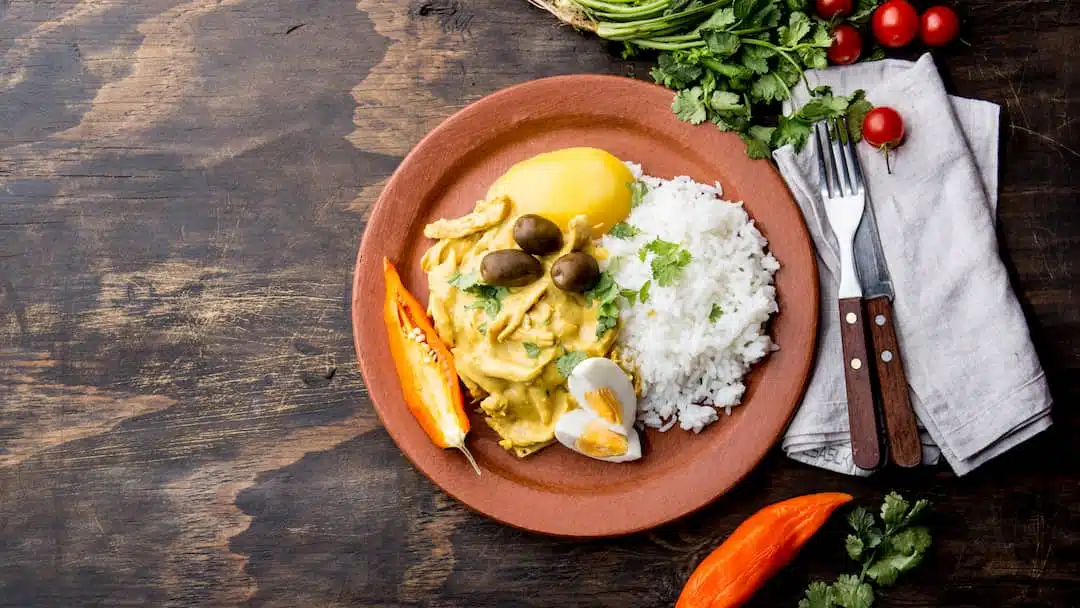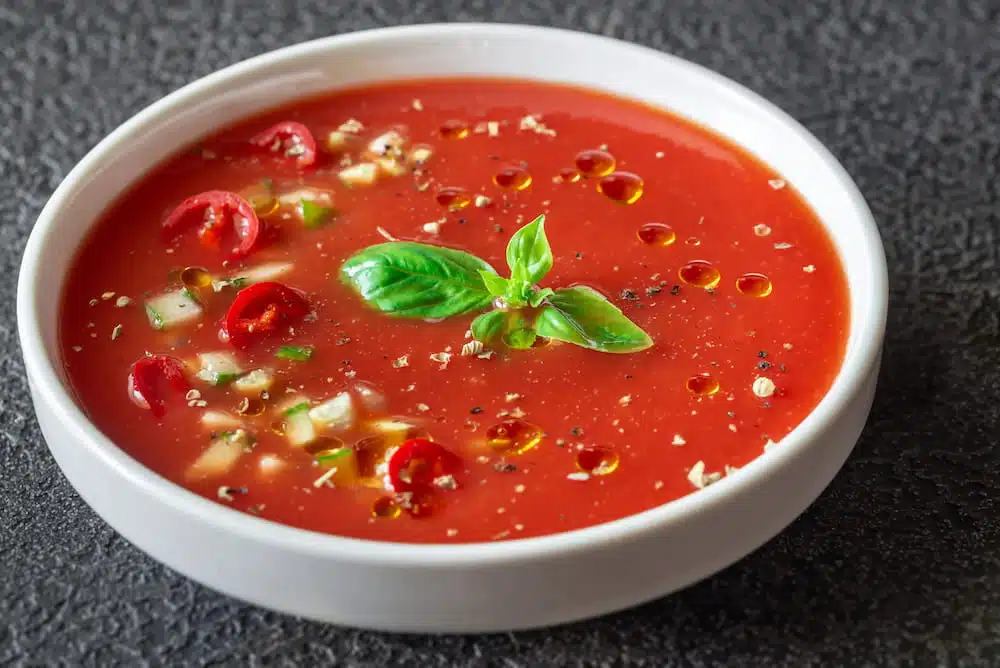Loved and appreciated by vegetarians around the world, this eggplant puree originates from Arabic cuisine and can be eaten alone as an appetizer or as part of other dishes.
Despite being very simple, it represents a unique combination of flavors and ingredients. Easy to make, the babaganoush recipe embodies the authenticity and complexity of Arabic cuisine. If you haven't tried it yet, you'll be amazed and delighted.
We invite you to try this easy baba ganoush recipe below, along with mutabal , a delicious variation. We also share the best way to preserve this eggplant paste, and more...
What it is, how to make it, and much more about Babaganoush
Babaganoush , also known as baba ganoush, is an Arabic eggplant paste that has conquered palates around the world.
- Its distinctive profile, balancing smoky, creamy and fresh , makes it a popular choice around the world, offering an authentic and delicious culinary experience.
This culinary specialty has become an iconic dish of Middle Eastern cuisine, appreciated for its unique flavor and smooth, creamy texture. Eaten as a dip or spread on pita bread , this Arabic eggplant puree is prized for its complexity of flavors and versatility on the meze or mezze table.
Why is it called Babaganoush?
Babaganoush is an expression that comes from the Arabic “ baba ghanouj ” has its roots in the Middle East region and translates as “pamper the father” or “worship the owner” .
Arab dish , with its origins in Levantine cuisine, is a smoked eggplant paste . Its meaning reflects the reverence for this preparation.
The combination of roasted eggplant, tahini, garlic, lemon, and olive oil creates a fusion of flavors that evokes the tradition and craftsmanship of the region's cuisine.
Babaganoush has become a global delight, and its name evokes not only respect for the preparation, but also the celebration of a rich and authentic gastronomic experience.
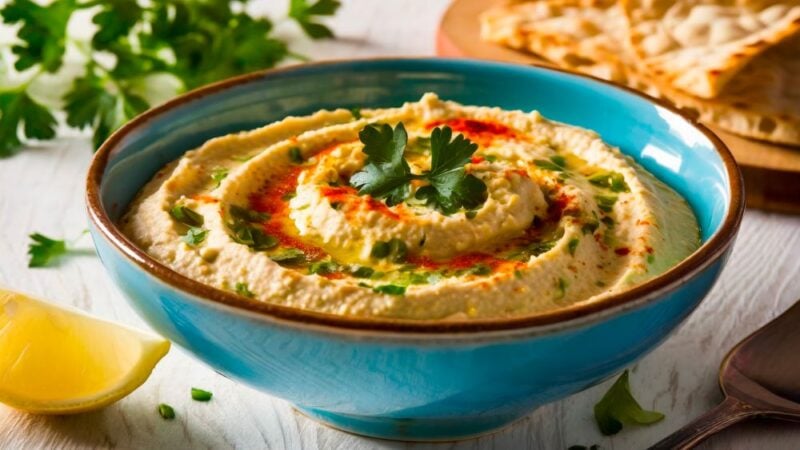
How do you make Babaganoush?
To make baba ganoush, roast eggplant until the skin is wrinkled and the flesh is tender. Place the eggplant flesh in a food processor. Add tahini , minced garlic, fresh lemon juice, and olive oil.
Blend until smooth and even. It's important to balance the tahini for richness, the garlic for intensity, and the lemon for freshness . Of course, season with salt and pepper to enhance the flavors.
To allow the flavors to blend, refrigerate before serving. The result is a silky, flavorful babaganoush
Mutabal: eggplant puree with a twist
Mutabal is a delicious preparation of Arabic cuisine, similar to Babaganoush , which stands out for its creamy texture and distinctive flavor.
The dish is made primarily from roasted eggplant, the flesh of which is blended with tahini, garlic, lemon, and, characteristically, yogurt . This last ingredient gives mutabal a unique smoothness, complementing the smoky depth of the eggplant with a slightly acidic note.
Although it shares similarities with Babaganoush , the inclusion of yogurt in mutabal gives it a creamier consistency and a more complex flavor profile.
3 curious facts about Babaganoush
- Ancient Origins : Babaganoush has ancient roots in the Levant region, which encompasses countries such as Lebanon, Syria, and Palestine. This dish is believed to have been enjoyed for centuries and is part of the rich heritage of Middle Eastern cuisine .
- Regional Variations : Although the basic recipe involves roasted eggplant, tahini, garlic, and other ingredients, there are regional variations. In some areas, yogurt is added for a creamier texture, while in others, fresh herbs like parsley are added or spices like cumin are sprinkled.
- Diversity in Mezze : Babaganoush is an essential element of mezze, a culinary tradition of sharing small dishes in the Middle East. This diversity of flavors in mezze reflects the region's cultural richness and hospitality, allowing diners to enjoy a wide range of flavors in a single meal.
The best method for preserving Babaganoush
To preserve babaganoush optimally, store it in an airtight container in the refrigerator. Be sure to cover the surface with a thin layer of olive oil, which will help preserve its freshness and prevent oxidation.
Stored this way, it can be kept in the refrigerator for up to a week. Avoid leaving it at room temperature for extended periods to avoid the risk of bacterial contamination.
Always use clean utensils when serving to avoid introducing bacteria into the container. It's also recommended to consume it within a reasonable amount of time to enjoy its best flavor and texture. These practices will ensure your babaganoush remains delicious and safe for long-term consumption.
Follow on Instagram ( here )
and on YouTube that I upload new recipes every week ( click here )
Baba ganoush recipe
Yield : 4 portions
Preparation time : 1 hour 30 minutes
Ingredients
- 2 large eggplants
- 3 tablespoons of tahini (sesame paste)
- 2 garlic cloves, chopped
- 3 tablespoons of lemon juice
- 2 tablespoons of extra virgin olive oil
- Salt and pepper to taste
- Chopped fresh parsley and paprika for garnish
Few steps to an easy Babaganoush
- Preheat the oven to 200°C. Wash the eggplants and make small incisions. Place the eggplants and garlic cloves on a baking sheet and roast for about 40-45 minutes.
- Once cool, peel the eggplants and remove the roasted garlic. Squeeze out any excess liquid from the eggplant flesh to ensure a more consistent texture.
- Place the eggplant pulp in a bowl along with the tahini, roasted and chopped garlic, lemon juice, olive oil, salt, and pepper.
- Use a blender or food processor to blend everything until smooth. Taste and adjust flavors as needed.
- Refrigerate for at least 1 hour before serving to allow the flavors to blend. Garnish with paprika and fresh parsley before serving.
